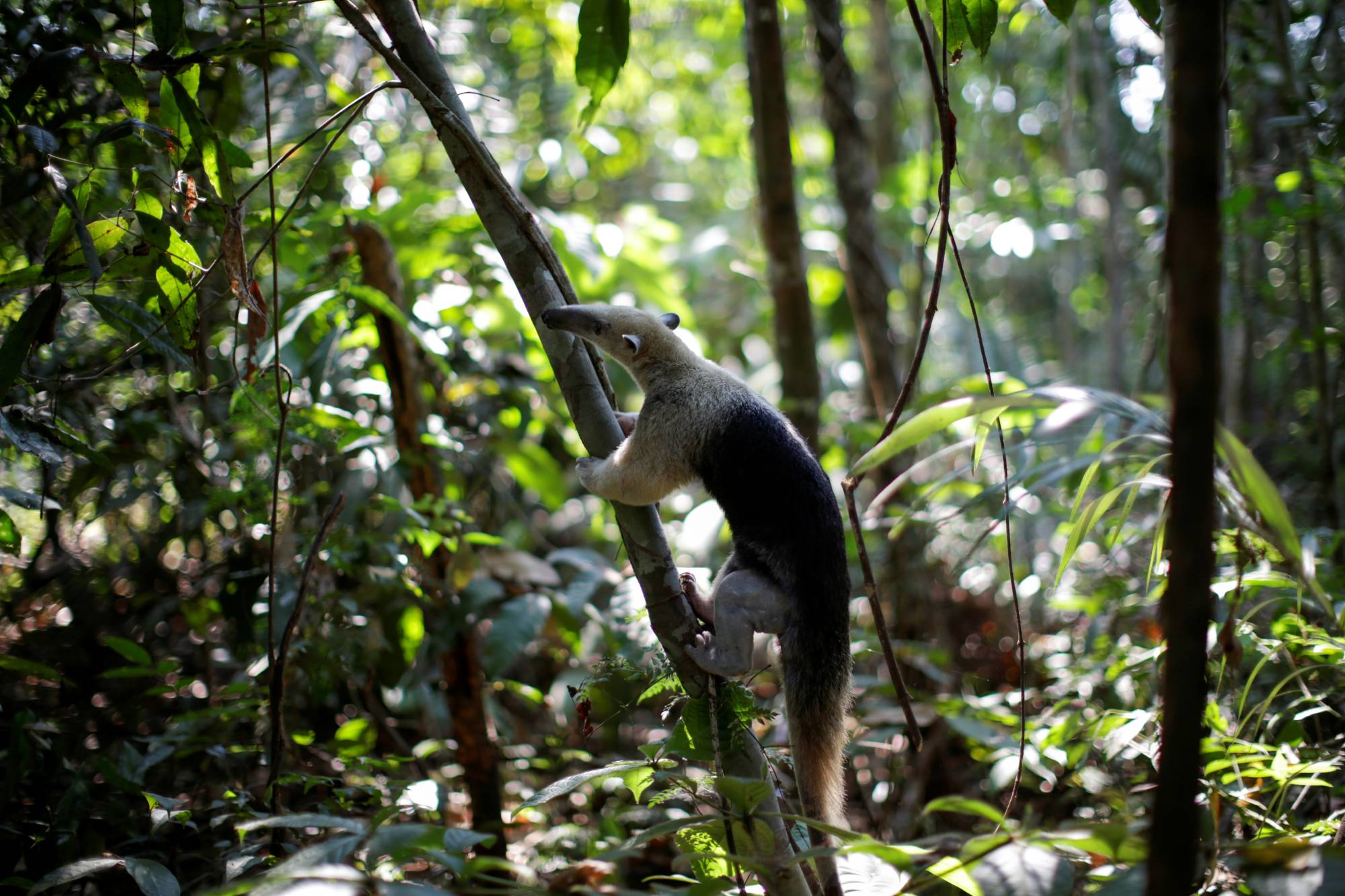If you look behind the headlines on recent climate and biodiversity progress, there is growing recognition that how these efforts interact is critical.
Recent landmark agreements have broken long-standing global stalemates on climate change and biological diversity. The U.N. climate summit in Egypt last November (COP27) struck a historic deal to provide “loss and damage” funding for vulnerable countries hit hard by climate disasters.
Then in December, the U.N. Biodiversity Conference in Montreal (COP15) concluded with the ambitious Kunming–Montreal Global Biodiversity Framework. It aims to halt and reverse global nature loss by the year 2030, and similarly proposed to increase finance to developing countries — a major sticking point during the talks.


















With your current subscription plan you can comment on stories. However, before writing your first comment, please create a display name in the Profile section of your subscriber account page.